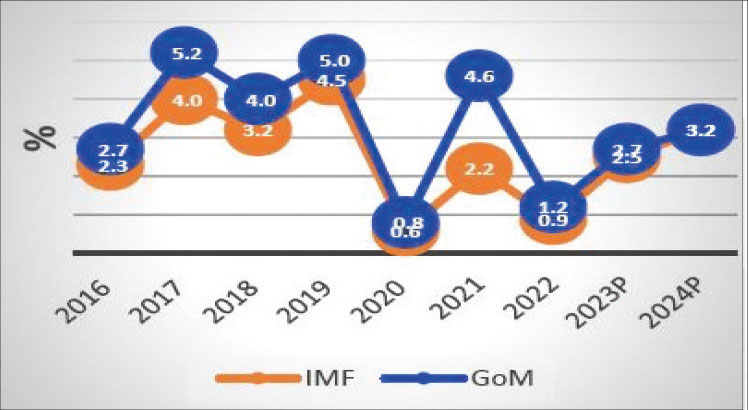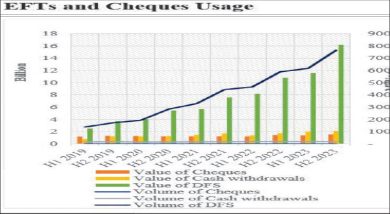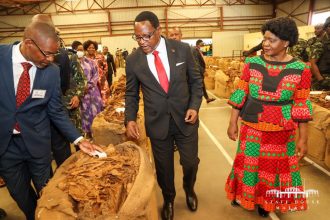Malawi’s growth under threat—UN
The United Nations (UN) says Malawi’s long-term economic growth is unlikely to meet the economy’s development aspirations, urging the country to diversify away from lower productivity sectors.
In its policy brief titled ‘Towards Malawi 2063: Staying on track amidst significant downside risks and shocks’, UN Malawi observes that while long-term economic growth is likely to remain positive, it is unlikely to be strong enough to meet the requirements of a growing population and significantly reduce poverty.
This, the UN said, would also hamper Malawi 2063 aspirations of achieving most of the Sustainable Development Goals and graduate to lower middle-income status by 2030, as well as an inclusively resilient and industrialised nation by 2063.
Reads the policy brief in part: “More regular and intense shocks have undermined Malawi’s sustained and inclusive growth. The consequences, including loss of livelihoods and household savings, food insecurity, stagnating poverty levels and exacerbated inequalities across income, gender and geography perpetuate exclusion and undermine internal dynamism to stimulate sustained inclusive economic growth and development.

“Diversifying the economy away from lower productivity sectors like agriculture to higher productivity industries such as the industrial and services sectors, information and communications technology, tourism and mining sectors can strengthen sources of resilience.”
The agriculture sector, which contributes about 30 percent of the country’s gross domestic product (GDP), faces several challenges, including climate variability, underutilisation of productive land, declining productivity and low access to finance.
Meanwhile, the manufacturing sector, still in its nascent stage, is strongly linked to the country’s agriculture sector and contributes only 11 percent of GDP.
Although the services and distribution sector contribute a significant share at 22 percent of GDP, the sector contributes little to the country’s export earnings due to capacity challenges.
On the other hand, the mining sector is also not fully exploited despite great potential.
The MW2063, the country’s long-term development p lan, seeks to transform Malawi into a wealthy and self-reliant industrialised upper middle-income country by 2063
The blue print also projects that if the economy grows at an annual average rate of six percent, Malawi could attain the low middle-income status by 2030, with a per capita income of between $1 006 (about K1.1 million) and $3 955 (about K4.4 million).
However, in recent years, the country’s economic growth has averaged 1.6 percent since 2020.
In an interview on Tuesday, National Planning Commission (NPC) public relations and communications manager Thom Khanje said both the Malawi 2063 and the the First 10-Year Implementation Plan (MIP-1) acknowledge the country’s growing population and proposes interventions that could enable the country reap demographic dividends and achieve the required growth.
“Our position as NPC, therefore, remains that if we do the right things as outlined in the MIP-1, the growth targets for 2030 and beyond as outlined in both the medium and long-term development plans of the country remain achievable,” he said.






One Comment